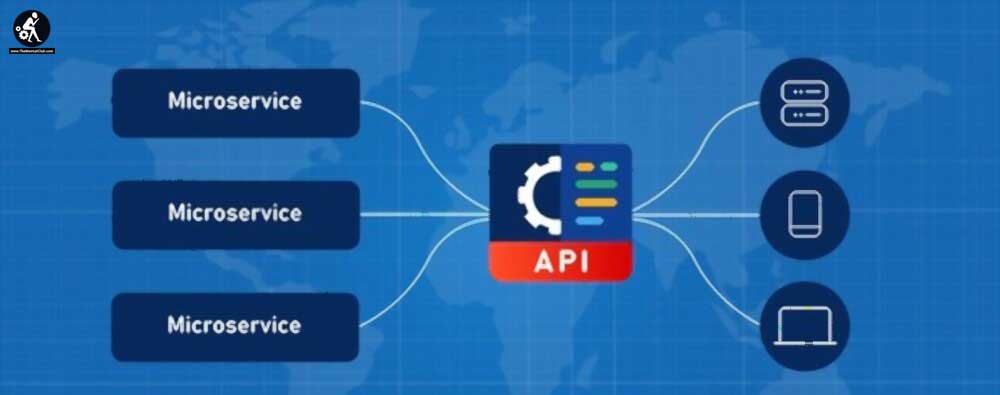API management is a relatively new (decades-old) concept and way of doing business. For those who are still unsure of what it entails, we provide a simple example and a definition and overview. Thereafter, we discuss the API life cycle, API management, and scalability.
An Example
At its simplest, an API enables two or more applications (apps) to communicate with each other. For example, Uber Eats is the middleman between the customer ordering takeout and the restaurant that makes the food. The customer will have an Uber Eats customer app on their mobile and use it to order a meal. This app requires an interface that can go into the restaurant’s database and obtain certain information, such as what food options are available on its menu and the prices of each meal.

Of course, the interface will not have access to all the information stored on the restaurant’s server. The data the customer needs to know to make a selection is fed back to the Uber Eats customer app. Once the customer has chosen from the menu and clicks on the appropriate fields, the interface feeds this choice through to the restaurant’s app so that they know to start preparing a takeout for collection and delivery. Then it must communicate between the driver who brings the food and the customer who receives it.
Definition and Overview of API Management
API management involves technology, processes, and people. The key human resources that are responsible for APIs and their use are the developers, the service providers, and businesses as clients of the service providers. UI is the user interface to which the API gateway links from the developer portal. It is this chain or process that must be managed. API technology is a movement away from the traditional legacy system where a business had several applications from different service providers to where there is a single service provider who has all the apps on a platform in the Cloud and rents the use of these to companies. The latter can choose the apps they want to rent and only pay for these; thus it is a bespoke service.

An API has a life cycle that has three main phases. These are the creation and documentation of the API (create phase), application of security policies (control phase), and the publication of, and financial reward for the API (consume phase).
What Is Involved in API Management?
API management is first and foremost the process that manages the API’s life cycle. This must be carried out in a secure milieu. As is obvious from introspection, the safety of data is of utmost importance to all the parties whose data is being accessed. API Management Tools for data security would include aspects such as multilevel encryption. Secondly, the environment must be scalable.

Each company that signs up with an API service provider is unique in size and growth. Thus, their needs for access to apps are also different. They need to be able to upscale their business over time and still receive the bespoke service which adapts to their needs. Developers are an important part of the overall chain as they must be able to create new apps as companies develop a need for them. The service provider must manage this relationship so that it can continue to provide its services and remains relevant.
API management is being used by more and more companies every day.

































